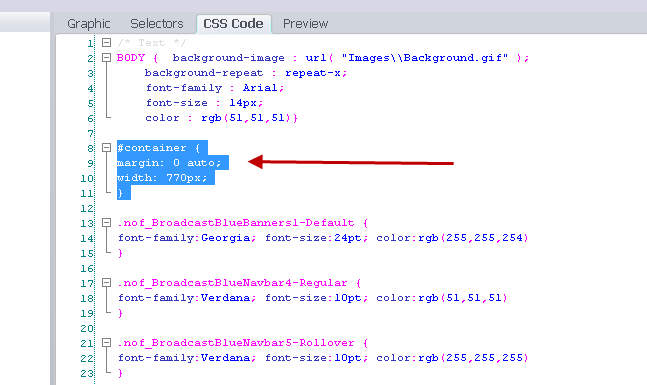
- #Wiki tab view code with css code how to#
- #Wiki tab view code with css code install#
- #Wiki tab view code with css code code#
- #Wiki tab view code with css code password#
- #Wiki tab view code with css code license#
Right-click anywhere on the webpage, and at the very bottom of the menu that pops up, you will see " Inspect." Click that.Ĭlick the hamburger menu (the icon with 3 stacked dots) on the far right of your Google Chrome toolbar, click More Tools, then select Developer Tools. Just open a website you want to try editing (to follow along with this tutorial, open ), then open the Inspect Element tools in one of these three ways: There are a few ways to access Google Chrome Inspect Element.
#Wiki tab view code with css code how to#
You can explore all those on your own, but for now, let's see how to use the main Elements tab to tweak a webpage on our own.
#Wiki tab view code with css code code#
It's part of the Developer Tools in your browser, which includes a number of extra features: a console to run code, a View Source page to see just the raw code behind a site, a Sources page with a list of every file loaded in a website, and more.

If you're reading this on your phone, it's time to switch over to your laptop, open Google Chrome, and get ready to tweak some code.įor these and dozens of other use cases, Inspect Element is a handy tool to keep around. Let's learn how to use Google Chrome Inspect Element to help your work, whether you're a developer or a marketer who's never written a line of code. It's a super-power you never knew your browser possessed. Inspect Element is a perfect way to learn what makes the web tick, figure out what's broken on your sites, mock up what a color and font change would look like, and keep yourself from having to Photoshop out private details in screenshots. Or, you could use it to change anything you want on the page. You can see how long the site takes to load, how much bandwidth it used to download, and the exact color in its text. Right-click on any webpage, click Inspect, and you'll see the innards of that site: its source code, the images and CSS that form its design, the fonts and icons it uses, the Javascript code that powers animations, and more.
#Wiki tab view code with css code password#
#Wiki tab view code with css code license#
GNU Free Documentation License is the license compatible with Wikipedia. Copyright and Licenses - Choose your license information.Language - Use the drop-down menu to choose the language of the wiki interface.It will be displayed on all email notifications and on some of the error pages. Contact e-mail - This is the main administrative email address.It will show up in the metadata for your wiki, and will be integrated throughout the site. Wiki name - This is the name for your wiki.If you're installing MediaWiki, for example, you will be asked to fill out a form with your wiki information: X Research source
#Wiki tab view code with css code install#
Once you have the wiki software files uploaded and the database has been created, you can visit the index.php page on your server through your browser to run the automated install script. Run the installer script from your browser.

Wiki sites require certain software to make them look and behave like the wiki sites you know and love.


 0 kommentar(er)
0 kommentar(er)
